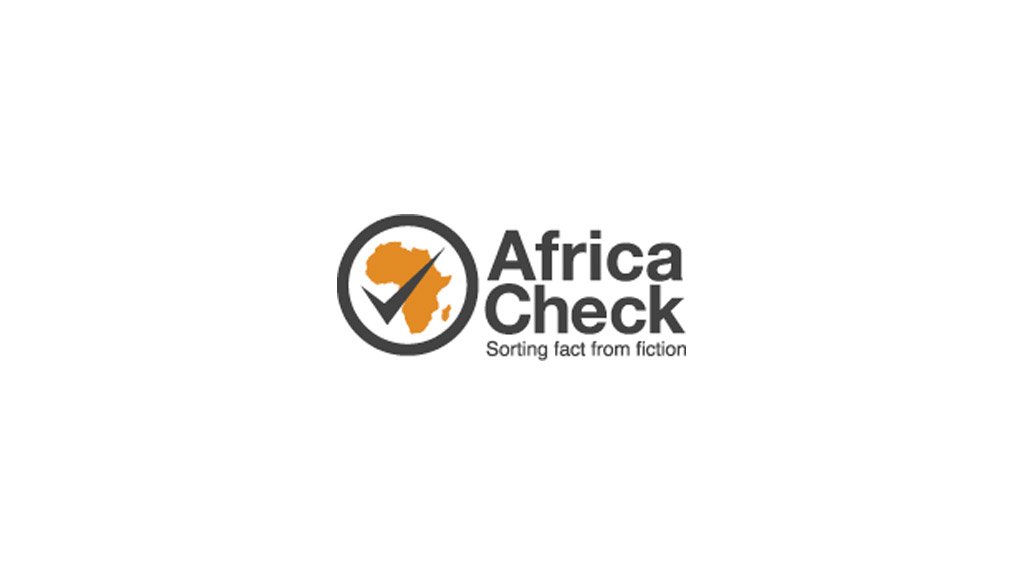The country is expected to face a debt repayment crisis in 2024, even as officials work to borrow more in the fiscal year beginning on 1 July 2023.
In January, when news that the country was looking to take on more debt first broke, Ventures Africa, a Nigerian media publication, attributed the borrowing appetite to the “bottom-up” economic policy of the current administration.
President William Ruto has been in office since September 2022.
As the conversation continued, the artificial intelligence tools that Africa Check uses to monitor public debate online picked up two claims about Kenya’s public debt, allowing us to revisit the debate about former president Uhuru Kenyatta’s legacy.
We vetted them for accuracy.
In reference to news that Ruto’s government would borrow KSh3.6-trillion in his first term, Ventures Africa said this amount was “equivalent to 89% of the record Sh4.1-trillion borrowed by his predecessor, Uhuru Kenyatta, in the five years leading up to June 2022”.
(Note: KSh3.6-trillion is about US$27-billion at time of publication. Due to a sharp currency depreciation in recent months this figure is used only for illustration.)
We found the same claim in an article in Business Daily, a Kenyan newspaper. The story was published on 24 January, two days before the one in Ventures Africa.
Business Daily cited the national treasury as the source of the KSh4.1-trillion figure.
Kenyatta’s second term began in November 2017 and ended in September 2022, when he handed over power to Ruto, his former deputy.
The treasury publishes annual public debt reports. These show trends in public debt at the end of each financial year, which in Kenya runs from 1 July to 30 June.
The data shows that between 30 June 2017 and 30 June 2022 public debt increased by KSh4.18-trillion.
The numbers are taken from the debt reports for the financial years 2016/17, 2017/18, 2018/19, 2019/20, 2020/21 and 2021/22.
We also checked the monthly bulletins published by the treasury. These show that at the end of December 2017, the first full month of Kenyatta’s second term, total public debt was KSh4.6-trillion.
In August 2022, the last full month of Kenyatta's second term, the debt stood at KSh8.7-trillion. Between December 2017 and August 2022, public debt increased by KSh4.1-trillion. – Grace Gichuhi
Ventures Africa cited November 2022 data from Kenya’s central bank, which put public debt at KSh8.9-trillion.
When Kenyatta was first sworn in as president in April 2013, the national debt was KSh1.79-trillion, according to the central bank.
At the end of this financial year, 30 June 2013, total debt stood at KSh1.89-trillion, according to the national treasury’s annual debt reports.
The debt had increased to KSh4.59-trillion as of 30 November 2017. Kenyatta began his second term that month, stepping down in September 2022 after having served two terms.
In August 2022, the last full month of Kenyatta's second term, debt was at KSh8.7-trillion. The total debt more than quadrupled from KSh1.79-trillion to KSh8.7-trillion. This is an increase of 383% or almost five times.
The claim checks out. We therefore rate it mostly correct. – Dancan Bwire
Kenya’s forex pain
Exchange rate fluctuations have a significant impact on Kenya’s public debt.
Treasury data shows that the debt was KSh1.8-trillion as at 31 March 2013. This was $21-billion based on the prevailing exchange rate of the US dollar at KSh85.64.
In August 2022, one US dollar exchanged for KSh118.80 according to the treasury. The debt was KSh8.7-trillion, which works out to about $73-billion (not $71-billion as estimated by Ventures Africa).
In dollar terms, the increase is 247%, or just over three times.
This report was written by Africa Check., a non-partisan fact-checking organisation. View the original piece on their website.











